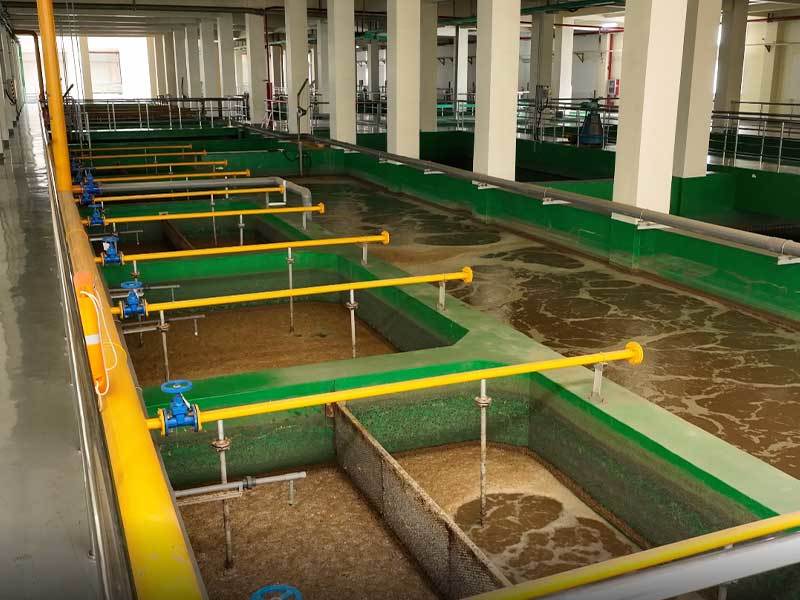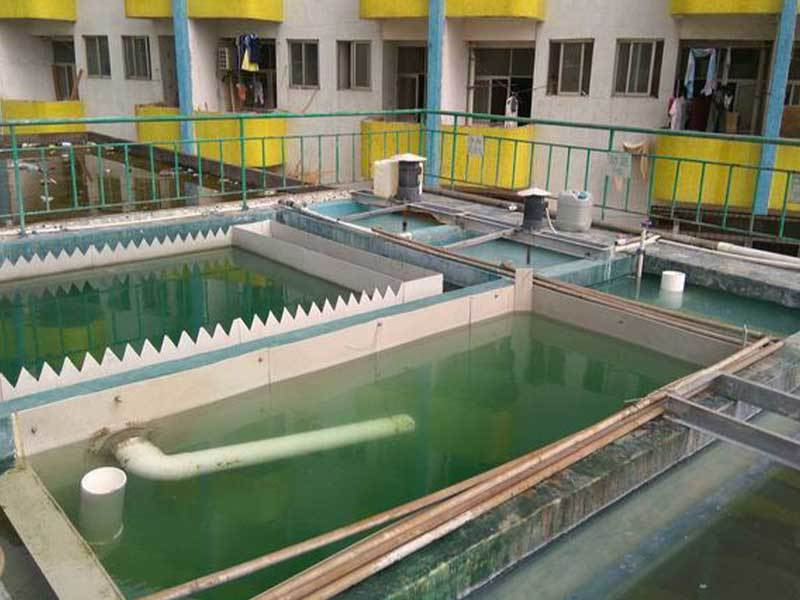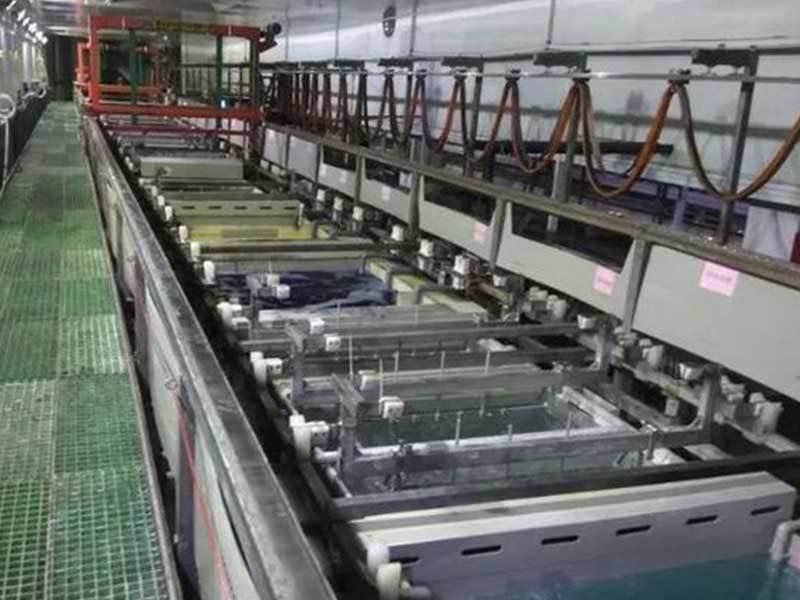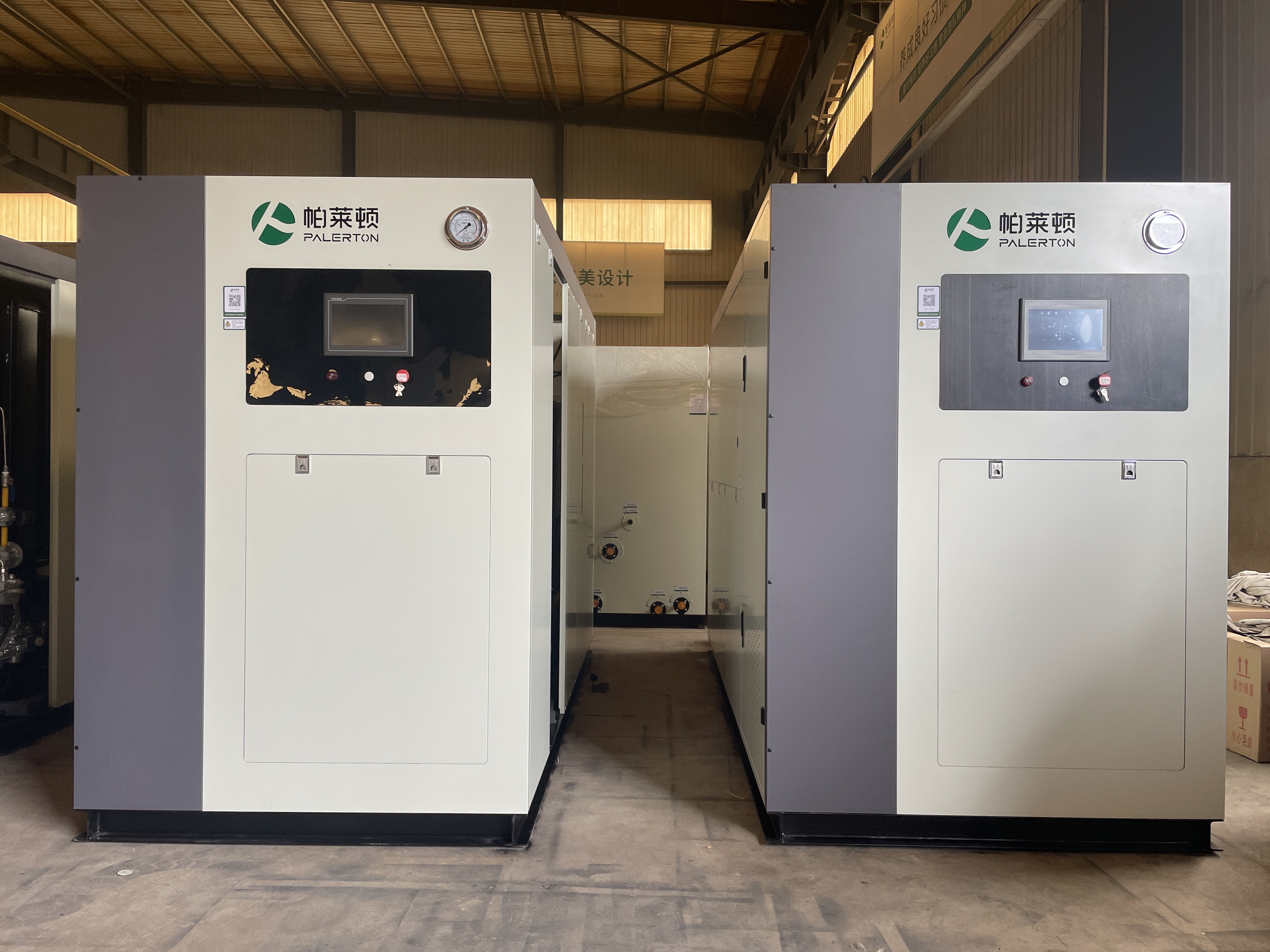
What functions can steam generators play in the electroplating process?
In the electroplating process, the steam generator provides key support for each link of electroplating production with its stable heat energy output, from pretreatment to coating curing, to fully ensure the quality and efficiency of electroplating. The high-temperature steam generated by the steam generator can be used in the degreasing and oil removal process of electroplated parts. Through steam injection, pollutants such as grease and wax on the metal surface can be quickly dissolved, which is more environmentally friendly and efficient than traditional solvent cleaning. For example, before electroplating the car wheel hub, steam cleaning can completely remove the mold release agent left over from casting, laying the foundation for the subsequent coating adhesion. At the same time, the hot and humid environment of steam can form a microscopic activation layer on the metal surface, enhancing the bonding strength between the coating and the substrate.
The high-temperature steam generated by the steam generator can be used in the degreasing and oil removal process of electroplated parts. Through steam injection, pollutants such as grease and wax on the metal surface can be quickly dissolved, which is more environmentally friendly and efficient than traditional solvent cleaning. For example, before electroplating the car wheel hub, steam cleaning can completely remove the mold release agent left over from casting, laying the foundation for the subsequent coating adhesion. At the same time, the hot and humid environment of steam can form a microscopic activation layer on the metal surface, enhancing the bonding strength between the coating and the substrate. In the temperature control of the electroplating tank liquid, the steam generator accurately heats the plating solution through a heat exchanger. Taking the chrome plating process as an example, maintaining the plating solution in the optimal temperature range of 50-60°C can ensure the stability of the chromium ion reduction rate and improve the uniformity and brightness of the plating layer. For processes such as chemical nickel plating that require constant temperature reactions, steam temperature control can control temperature fluctuations within an appropriate temperature to ensure the deposition rate and composition ratio of the phosphorus-nickel alloy layer .
In the temperature control of the electroplating tank liquid, the steam generator accurately heats the plating solution through a heat exchanger. Taking the chrome plating process as an example, maintaining the plating solution in the optimal temperature range of 50-60°C can ensure the stability of the chromium ion reduction rate and improve the uniformity and brightness of the plating layer. For processes such as chemical nickel plating that require constant temperature reactions, steam temperature control can control temperature fluctuations within an appropriate temperature to ensure the deposition rate and composition ratio of the phosphorus-nickel alloy layer . In the post-plating drying process, the steam generator provides a heat source for the hot air circulation system, accelerating the evaporation of water through 120-150℃ hot and humid air to avoid water marks on the coating. For example, after aluminum alloy electroplating, steam-assisted drying can quickly solidify the coating without damaging the oxide film. For workpieces after passivation treatment, the steam-heated environment can promote the cross-linking reaction of the passivation film and enhance corrosion resistance. At the same time, steam can be used to clean electroplating racks and tanks, remove residual electroplating solution crystals, extend the service life of the equipment, and maintain the cleanliness of the production line.
In the post-plating drying process, the steam generator provides a heat source for the hot air circulation system, accelerating the evaporation of water through 120-150℃ hot and humid air to avoid water marks on the coating. For example, after aluminum alloy electroplating, steam-assisted drying can quickly solidify the coating without damaging the oxide film. For workpieces after passivation treatment, the steam-heated environment can promote the cross-linking reaction of the passivation film and enhance corrosion resistance. At the same time, steam can be used to clean electroplating racks and tanks, remove residual electroplating solution crystals, extend the service life of the equipment, and maintain the cleanliness of the production line. From substrate pretreatment to finished product inspection, the steam generator uses thermal energy as a link throughout the entire electroplating process, which not only improves the stability of the coating performance, but also promotes the electroplating process to green and intelligent upgrades through precise temperature control and efficient cleaning.
From substrate pretreatment to finished product inspection, the steam generator uses thermal energy as a link throughout the entire electroplating process, which not only improves the stability of the coating performance, but also promotes the electroplating process to green and intelligent upgrades through precise temperature control and efficient cleaning.
Related News
What steam generator capacity should I buy?
In addition, factors such as equipment performance, installation space, budget, and after-sales service also need to be comprehensively considered when selecting a steam generator. Only by comprehensively and scientifically analyzing these factors can you select the steam generator that best suits your needs, ensuring efficient and stable production and improving economic benefits.
What impact do steam generators have on the environment?
With their advanced technology, exceptional environmental performance, and remarkable achievements in practical applications, steam generators provide a practical solution for balancing industrial production and ecological protection. They are not only a powerful aid for industrial enterprises to achieve green production, but also a key engine driving the entire industrial sector's transition toward sustainable development.
From efficient industrial production to safety assurance in the medical field, from improving feed processing quality to precisely supporting scientific research experiments, steam generators, with their diverse functions, are deeply integrated into the core links of various industries. They are not only a vital carrier of energy conversion, but also a solid backing for promoting production progress and scientific research innovation, continuously injecting indispensable power into social development.
How to Choose a Steam Generator's Steam Capacity
The actual steam production of different steam generator models may differ from the rated value. Before purchasing, carefully review the equipment's performance parameters, consult the manufacturer, or refer to user feedback to understand the equipment's actual performance under different operating conditions. Also, pay attention to the steam generator's thermal efficiency. High thermal efficiency equipment can reduce energy consumption and save operating costs.
From the stable heat output in the workshop, to the continuously reduced costs on the books, to the easily met environmental monitoring data, the composite cabin micro-superheated steam generator has not only brought about a leap in production efficiency, but also an upgrade in the company's development philosophy. Choosing it means choosing to go hand in hand with high efficiency and environmental protection, ensuring that every bit of heat energy is used effectively and that every investment is converted into tangible benefits.
The intelligent control system of the composite chamber micro-superheated steam generator enables integrated and precise control of water, air, and power supply. This eliminates the resource waste associated with manual operation of traditional equipment, reducing steam consumption to as low as 75 Nm³/h per ton. This significantly reduces costs and makes the composite chamber micro-superheated steam generator a key driver for cost reduction and efficiency improvement in the oil extraction industry. Furthermore, the composite chamber micro-superheated steam generator can also be used in the degumming and bleaching processes of oil extraction plants, accelerating the separation of phospholipids from oil, reducing the use of chemical reagents, reducing residual impurities, and improving the light transmittance of the finished oil.



